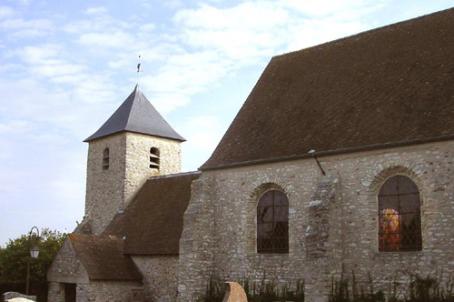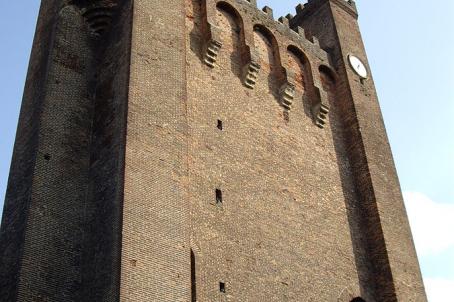Church of Notre-Dame, Vals
The Church of Our Lady of Vals is a semi-cave church on three levels, known for the Romanesque frescoes it contains, of great historical and artistic interest. The building is located on the Chemin du piÈmont Pyrénées, one of the most important secondary routes of the pilgrimage to Santiago de Compostela. The construction of the building began in the tenth century, and was not completed until 1887. Archaeological excavations have made it possible to reveal traces of a previous occupation, going back to Antiquity or even Protohistory.
About this building
This is a building built on three levels, one of which is in the rock, composed of a lower nave with rectangular apse. An upper nave rises above, altered in the XIXth century and carrying stained glass windows. A high chapel also makes up the building, added in the 12th century. . It has been advanced a very ancient worship activity dating back to the beginning of Antiquity. A survey carried out in 2008 revealed a collective burial of the end of the Neolithic. Some objects from the Gallo-Roman and Merovingian periods are present, confirming the permanence of the occupation. It was especially in the early Middle Ages, around the Romanesque church, that the site experienced its greatest occupation with the development of a large cemetery and a partially fortified settlement. At the beginning of the 14th century the Church was incorporated into a fortified house built by Baron de Lapenne.






